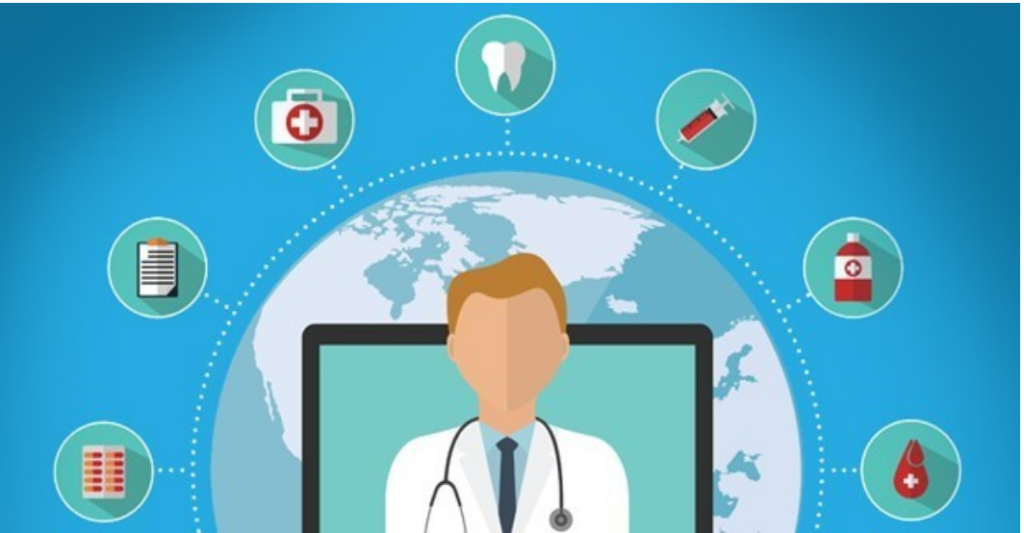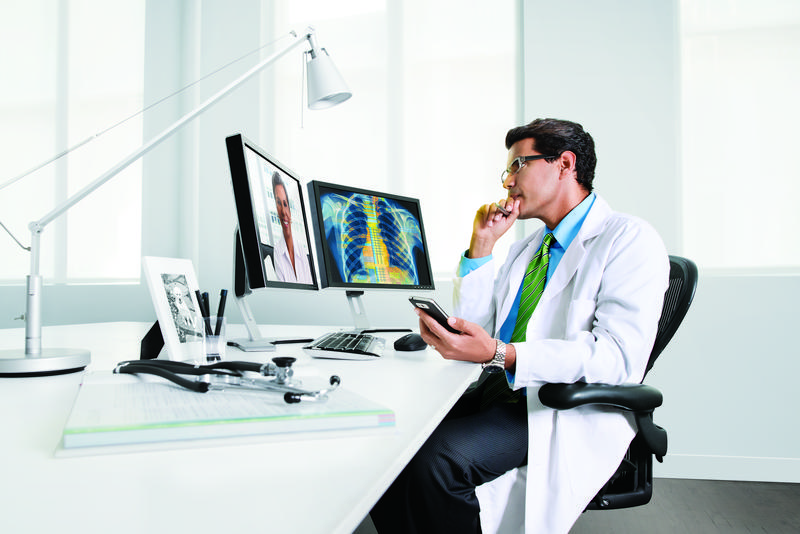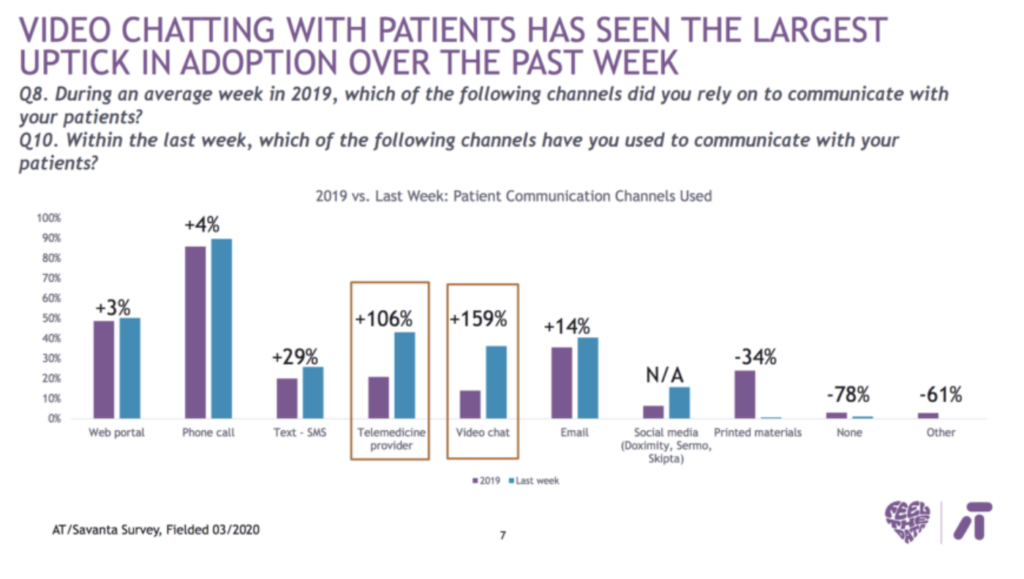
Where Technology Meets Healthcare
Video conferencing and virtual meetings are now the new normal and will continue to be for the near, if not far, future. The workforce has quickly become accustomed to co-working online and from home which may very well remain the situation for many people that used to commute to work every day. People are finding new, virtual ways to connect, market products and services, conduct conferences, learn and even shop for everything from toothpaste to virtual travel. Similarly, surviving a planet in lockdown has created a substantial surge in both demand and acceptance of telemedicine technology.
Telemedicine benefits make it easier for healthcare providers and their patients to communicate while keeping both parties safe and isolated. Limiting contact and allowing patients to receive treatment at home minimizes everyone’s risk of contracting or spreading illness.
Especially now, the demand for healthcare is on the rise. Hospital visits are soaring and medical resources are in short supply forcing many healthcare providers to adapt quickly to new challenges and provide safe care to patients. Chances are, new medical technologies are already having a profound impact on our lives whether we realize it or not.
As many people adjust to a virtual healthcare environment, one of the most in-demand solutions during this time has been the use of remote communication technologies. In a recent survey, three out of four doctors that offered alternative solutions showed a 106% increase in telemedicine services and a 159% increase in video chat services. Social media and telehealth platforms create safe environments for healthcare providers and their patients to conduct medical appointments. End-users can rest assured knowing that these programs are reliable and HIPAA compliant.
But telehealth isn’t just for communicating with your doctor. Virtual reality (VR) training for surgeons, disease detecting surveillance, and equipment like smart bandages that send a patient’s vitals to the hospital in real-time, are all becoming part of our new normal.

Telecommunications for care will continue to have an increasingly positive and forceful impact on the healthcare environment. However, advanced technology requires advanced, reliable connection. With an increase of devices accessing bandwidth and exploding data transmission, healthcare providers and facilities will require the in-building wireless infrastructure necessary to keep everything running smoothly.
Distributed Antenna Systems can do the heavy lifting required for an increased demand on both in facility care and virtual communications. DAS and small cell technology support healthcare communication technologies from asset tracking to secure chat applications and diagnostic image analysis in order to allow an ever-growing number of applications that depend on wireless networks to connect mobile devices.
So, whether you need to talk with your physician, schedule a check-up, or even attend physical therapy you can trust that the healthcare industry is rapidly innovating, testing, and deploying new solutions to make our lives easier and safer.





